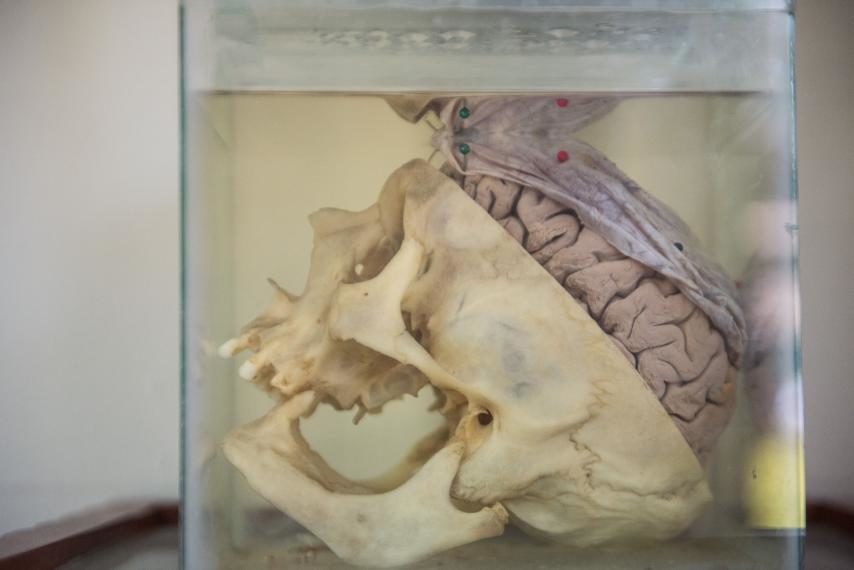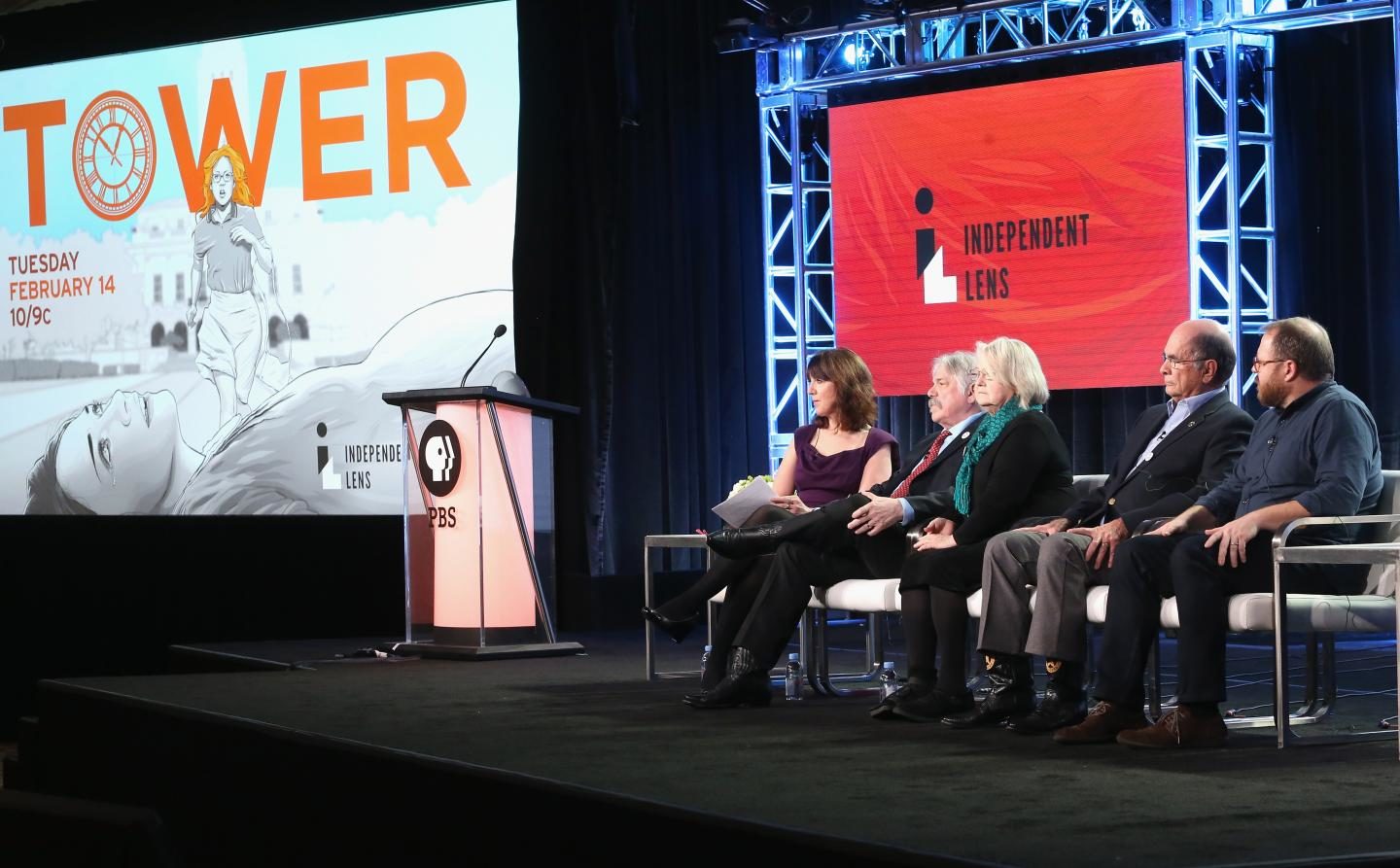
While the last part of that story has been contested, it's one that a group of researchers from the Harvard Center for Law, Brain and Behavior turn to when asking the question: What is the relationship, if any, between brain damage and violent crime?
In a new study in PNAS, the group looked at 17 cases of people with brain damage who went on to commit crimes. The cases were described in research articles that included images of each subject's brain. Using these images, the group looked at the areas in the brain that were damaged, and compared them to previously described brain networks.
They claim that the damaged areas were in networks of the brain implicated in value-based decision-making and theory of mind, which is the ability to imagine the perspective of other people.
And, as Fiery Cushman, a psychologist at Harvard and author on the study, puts it, brain networks that play a role in "value-based" decision-making have been shown to have a hand in moral decision-making as well as decisions based on simpler values like money. So the same brain networks that are responsible for mundane decisions about things like how much money to spend on dinner or where to go on vacation might play a role in the critical decisions that keep people from committing crimes, Cushman told Newsweek. While one might expect networks involved in impulse control to be involved, the actual picture looks a little more complicated, Cushman said.
As Russ Poldrack, a neuroscientist at Stanford University who was not involved in the study, told Newsweek, no part of the brain works on its own. So the way the researchers focused on looking at how damage affects entire brain networks - connected regions throughout the brain - was an appealing part of the study. And, though the researchers didn't have access to the people they were studying, he calls their methods "pretty good."
"The claims about what those networks do are a little more challenging. Rarely do we have the right word to describe what a region or network in the brain does," Poldrack said.
Looking at the way the brain influences behavior can also get tricky when it comes to the law. And these kinds of neurological questions are being considered in courts. A study by Duke bioethicist Nita Farahany "found that the number of judicial opinions mentioning neuroscience or behavioral genetics more than doubled between 2005 and 2012," as reported by Wired.
"From a neuroscience perspective all behavior is caused. Is it different because it was caused by a concussion or because you were raised in a neighborhood with lots of drugs and fighting and bad things happening around you? If you push it hard enough it's not clear how free any of us are in our decisions," Henry Greely, a professor at Stanford Law School and director of the Stanford Program in Neuroscience and Society, told Newsweek. From a legal perspective, Greely says, it might only make a difference in sentencing, but not in deciding whether a person is guilty or innocent.

"Everybody understands that we're not at the point of making any practical predictions," Cushman told Newsweek . "If you have brain damage in one of these networks, the chances are overwhelming that you will not commit a criminal act." Cushman adds that the research is an associative study meant to inform further scientific work, not legal conclusions, and that the Harvard Center for Brain and Behavior works to "tamp down" the desire to apply early research like this to the law.
But, the study concludes, the work "may prove useful for ongoing efforts to understand, predict, and assign responsibility for criminal acts."
And as research in this field continues to that end, it gives new urgency to questions of the way the legal system and society think about responsibility.
"Do we think a person who does bad things after getting their head banged in a car accident is fundamentally different than a person who does bad things due to a combination of genetics and experience?" Poldrack, the Stanford neuroscientist, asked. "That's a fundamental question we haven't grappled with deeply enough."
And as society grapples with these questions, it can help to latch on to individual stories that help make things seem clearer. Stories like that of the Austin shooter, whose case was mentioned but not included for study by Cushman's group.
But, as neuropathologist Jan Leestma previously told Newsweek , even that case offers little clarity. Leestma said neuropathological exam of the Austin shooter's brain was botched, and it's unclear whether the man actually sustained brain damage. "The brain ended up in pieces the size of sugar cubes," Leestma told Newsweek, adding that parts of his brain were thrown out by the examiner, who did not document finding any lesions in his report.



Who are we to judge?